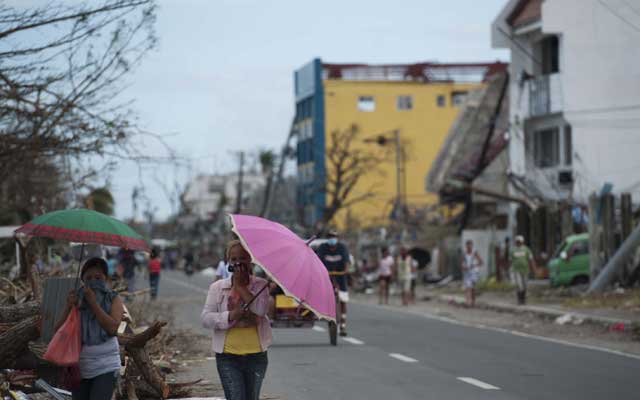Devastation in the Philippines After Typhoon Haiyan: A Call for Help
Walter Lohman /
At least 1,774 people have been confirmed dead after Typhoon Haiyan struck the Philippines last Friday. Estimates suggest that many thousands are dead and at least 800,000 displaced by the storm. While the storm is over, it has left millions of people in need of assistance. There are many ways private citizens can help.
Victims of the typhoon are desperate. Over 41 provinces in the Philippines were affected by the storm, and some of the worst affected areas are around the airport in Tacloban, where over 3,000 people tried to board two planes to escape the disaster area. Many people are in need of medical supplies, have newborn babies, and are struggling just to find food as they wade through the countless rotting bodies that litter the streets.
Aid workers have been unable to reach some of the more remote areas of the country where death tolls are anticipated to be high. And a smaller storm followed on the heels of Typhoon Haiyan, delaying flights and aid deliveries to the ravaged country.
More than a dozen countries have pledged assistance to the Philippines. The U.N. has granted the Philippines $25 million in assistance already and is asking for as much as $301 million to go toward longer-term assistance. USAID has also pledged $20 million in immediate aid, and Secretary of Defense Chuck Hagel has ordered several naval ships, including an aircraft carrier, to aid in humanitarian relief efforts.
The damage from storm Haiyan, however, will require more than just government assistance. Several notable organizations—such as World Vision, Samaritan’s Purse, Catholic Relief Services, the Red Cross in both the U.S. and the Philippines, and Save the Children—have mobilized to provide assistance to the Philippines. Many of these organizations have deployed staff on the ground, are working with victims to locate missing family members, and are collecting donations for victims of the storm.
Typhoon Haiyan is one of the worst storms in recent history to hit land, and it is impacting an already impoverished nation. As the Philippines begins its recovery process, it is imperative that Americans and the international community mobilize to provide help for Filipinos in need.

